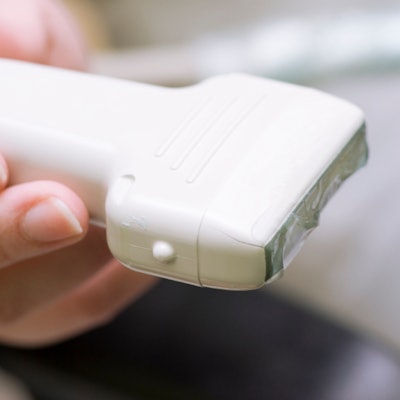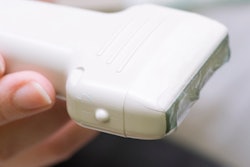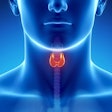
The adoption of point-of-care ultrasound (POCUS) by nonradiologists may be accelerated by the COVID-19 pandemic, as well as rapid technological advancements, according to a June 26 panel presentation at the virtual annual meeting of the Society for Imaging Informatics in Medicine (SIIM).
Specialists from a variety of medical disciplines, including emergency medicine and critical care, are increasingly using portable ultrasound scanners to gather diagnostic information or perform guided procedures. This rapid adoption of POCUS outside of radiology may lead to some interspecialty tension, noted moderator Dr. Christopher Roth, vice chair of IT and informatics for radiology at Duke University.
"Radiologists will tell you they have seen this game before," said Roth.
But regardless of how radiologists may feel, the use of POCUS by other medical specialties is only going to become more common in the future, the panelists noted. Medical schools, residencies, and fellowships already incorporate POCUS training, and newer forms of the technology are advancing faster than medical integration can keep up.
These trends prompted Roth and his colleagues on the SIIM annual meeting program committee to invite three nonradiologists to speak at this year's virtual conference.
"Having a virtual meeting is an opportunity to have three speakers who have never spoken at SIIM before and who come from other imaging specialties," Roth said. "Less traditional imaging specialties, if you will."
POCUS for diagnostic and procedural use
The tremendous benefit to patients is what's driving the use of POCUS by nonradiologists, according to Dr. Nilam Soni, a hospitalist and director of critical care ultrasound education at the University of Texas Health Science Center at San Antonio.
"Why do we use it? Because we sleep better at night," he said. "Because we realized how much we've been missing all these years based on the tools we've had."
The three panelists said they typically use POCUS in two ways: to gather diagnostic information or to guide procedures.
The gathering of diagnostic information may be as simple as using POCUS as an extension of a physical patient exam. In this way, Roth thinks POCUS may one day become like a stethoscope -- a tool used by physicians so regularly that they start to wear it around their necks.
Perhaps more frequently, physicians use POCUS for a limited diagnostic exam in order to obtain answers to specific, clinical questions. For anesthesiologist and critical care physician Dr. Yuriy Bronshteyn, that question is often 'Why is my patient dying or decompensating?'
Nonradiologists also use ultrasound to guide procedures such as vascular access procedures, regional anesthesia procedures, neuraxial procedures, and thoracentesis and paracentesis procedures. Ultrasound-guided procedures help physicians safely and efficiently perform procedures, and Soni argued that at least some of these procedures may already be the standard of care.
"In 2020, outside of emergencies or where the technology is unavailable, you should be able to see where your needle's going," he said. "It just reduces complications risk."
Can COVID-19 mitigate turf wars?
With medical specialists of all types and even some nonphysicians using POCUS, it is no wonder there is some natural tension among specialties. For instance, emergency medicine physician Dr. Elias Jaffa said he has experienced cardiologists who have attempted to prevent anyone else from doing echocardiography.
Jaffa and the other panelists recognized most interprofessional tension stems from a genuine concern for patient care. Therefore, it is crucial for specialists to come to a mutual understanding about how imaging is used by each department, Jaffa noted.
"A lot of different groups are jumping on board very quickly, and so we're all going to have to deal with that rapid influx of people who are both training and also utilizing these imaging systems clinically," he said.
The ongoing COVID-19 pandemic may only be accelerating that interprofessional exchange and acceptance of imaging outside of radiology, Jaffa added.
Importantly, the American College of Radiology (ACR) recommended not using CT as a first-line imaging modality in its COVID-19 guidelines. While the ACR didn't mention POCUS, Jaffa pointed to evidence showing ultrasound's benefits for patients with COVID-19, such as easier infection control, the ability to visualize different organ systems, and telehealth capabilities.
And the more POCUS is used or discussed for COVID-19, the more different specialties will learn about its benefits for other types of patient care, Jaffa noted.
"This is one of those situations where we actually may find multiple specialties in agreement that the risk of the patient going to formal radiology may be too high -- to not only the patients but also to the staff manning those areas and the other patients who come through those areas," Jaffa said.


















